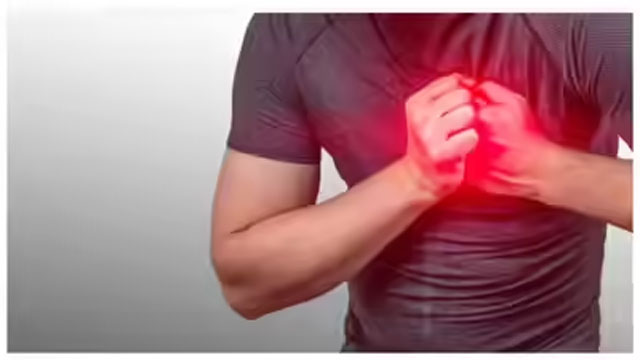Daijiworld Media Network- Mumbai
Mumbai, Jul 29: When sudden chest pain strikes, panic is natural—and many people fear the worst: a heart attack. But not all chest pain signals a cardiac emergency. In fact, one of the most common non-cardiac causes is trapped gas. Still, distinguishing between the two is vital. Here's the key difference that could help save a life.
Gas pain vs heart attack: Know the difference
Gas pain:
This discomfort often stems from trapped air in the stomach or intestines, usually after consuming heavy, fried, or carbonated foods. Gas-related chest pain feels sharp, crampy, or burning. It may travel from the upper stomach to the chest, accompanied by bloating, burping, and a sense of fullness. Importantly, gas pain often eases with movement, burping, or passing gas.

Heart attack:
A heart attack occurs when blood flow to the heart is blocked, typically by a clot. This causes a crushing or squeezing chest pain that does not ease with movement or gas release. The pain may radiate to the arm, jaw, neck, or back. Common symptoms include cold sweats, breathlessness, dizziness, nausea, and persistent discomfort that lasts more than 10 minutes.
The one key difference
Gas pain improves with movement or after passing gas.
Heart attack pain does not subside with rest, position changes, or gas relief—and may worsen.
When to call for emergency help
Seek medical attention immediately if you experience:
• Chest pressure or squeezing pain that lasts more than 10 minutes
• Pain spreading to the arm, back, neck, or jaw
• Shortness of breath, dizziness, cold sweats, or nausea
Even if you're unsure, it's better to be safe. A quick decision can make all the difference.